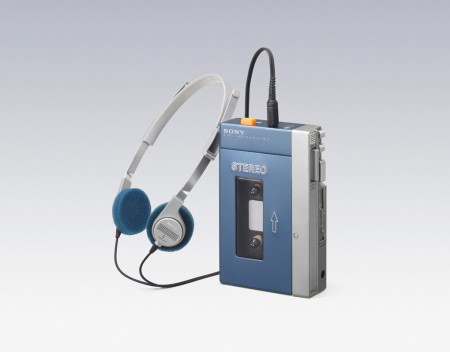
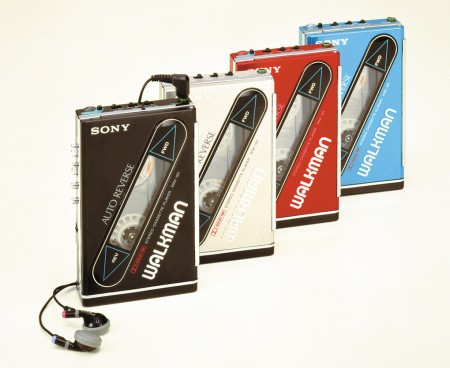
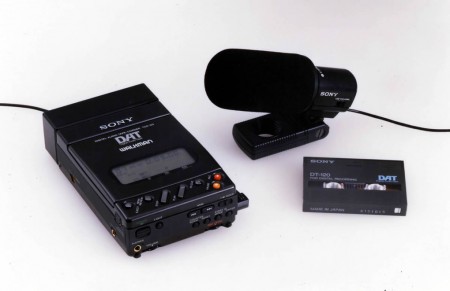
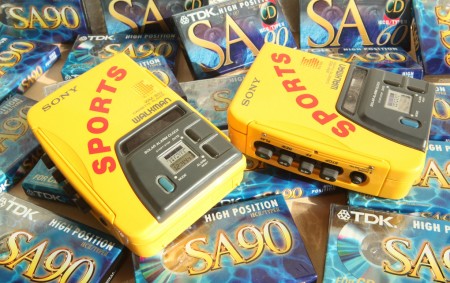
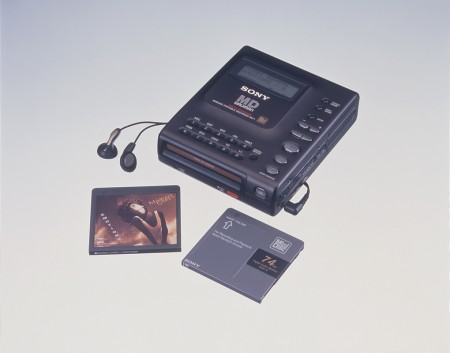
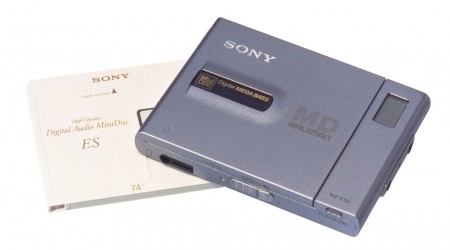
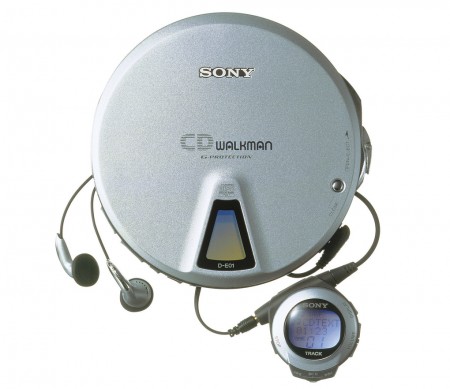
The Verge has a nice piece on the history of the Walkman, which is apparently now 35 years old. I think I became aware of what a Walkman was sometime right before the yellow “Sports” version came out. I never actually owned a real tape Walkman, but had a few of the Minidisc ones and of course some CD players.
Source The Verge
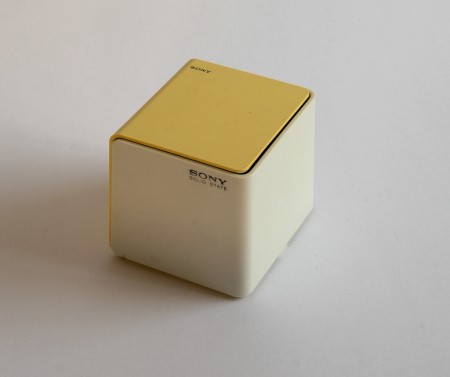
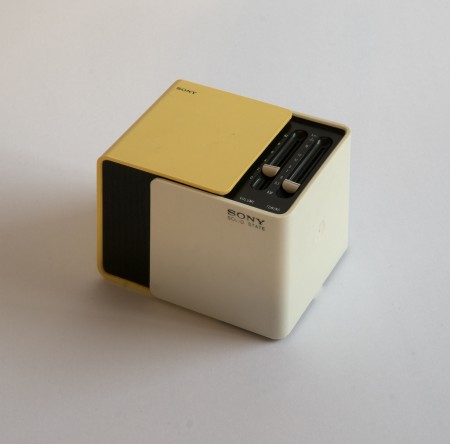
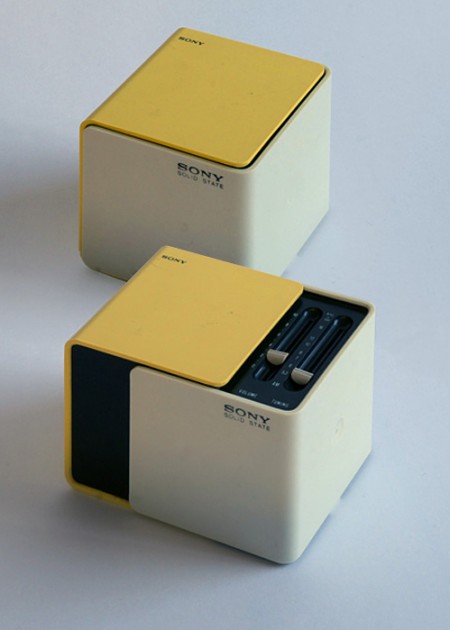
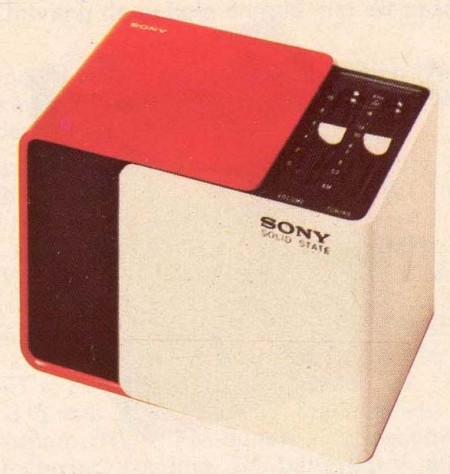
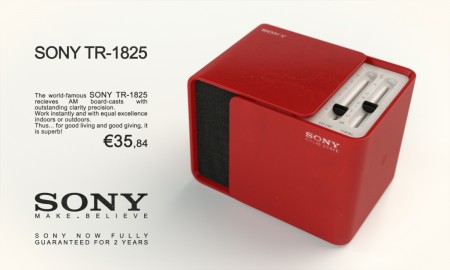
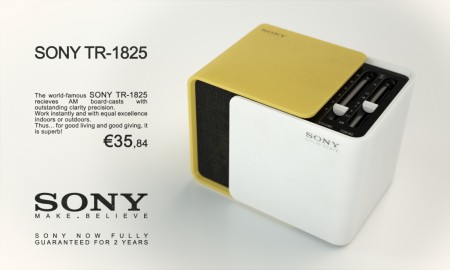
For some reason I’ve always had Sony radios, I’ve had two my entire life and both were Christmas gifts from relatives. Design-wise they have both stood the test of time; the one I had as a kid still sits in my studio as an artifact of quality ID. But neither are anything compared to the TR-1825. Would love to track one of these down, what a great looking piece. My lifelong fascination with all things Braun/Rams has sometimes left me blind to a lot of the other great ID from the 60s/70s, should probably start doing more research on Sony stuff, they definitely have a great design legacy.
Released in 1970, when Sony had become the first Japanese company to list shares on the New York Stock Exchange. Sliding the faces on this cubic radio reveals a speaker in front and controls on top, a unique design at the time. One version of its packaging commemorates the World Expo in Osaka, held in March that year, and many expo-goers picked up the radio as a gift. – Sony Product Design History
Afghtiga via Karey Anne Churchill
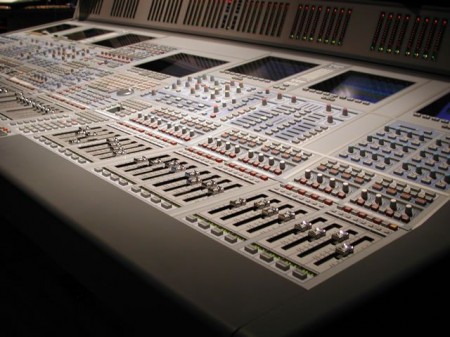
Create Digital Music has posted an excellent interview with Paul Frindle. Frindle was one of the people at the center of the digital revolution in audio recording; he worked on SSL G-Series Console, was “part of the team that broke the “damnable black art” of digital conversion”, founded Oxford Digital (whose EQ plugin I still use extensively), and developed the application the Sony OXF-R3 Console. It’s a pretty technical article but it highlights how creativity and genius can combine to fundamentally change an art form.
Some producers and musicians these days lament the shift to digital saying that analog will always be better than digital. I tend to agree with that statement — particularly when it comes to synthesis — but the move to digital has made the process of production so much more efficient and accessible that it’s hard to argue against it. Digital audio has opened the doors of the music industry to anyone with a computer and made artists of people who might not have had access otherwise. Although I have spent many years trying to shift my process into the analog domain, I certainly wouldn’t have been able to get a start in music if it weren’t for the ability to record digitally.
So here’s to Paul Frindle and everyone like him who paved the way for a revolution in music, because whether we’re making music or enjoying it, we all owe these pioneers a debt of gratitude.
Interview Link
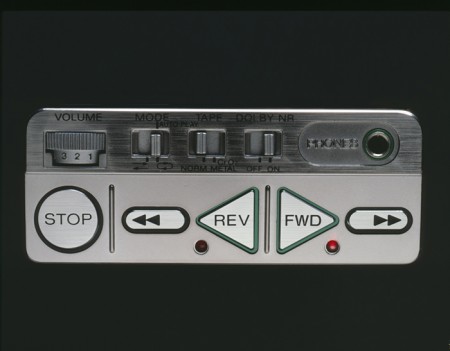
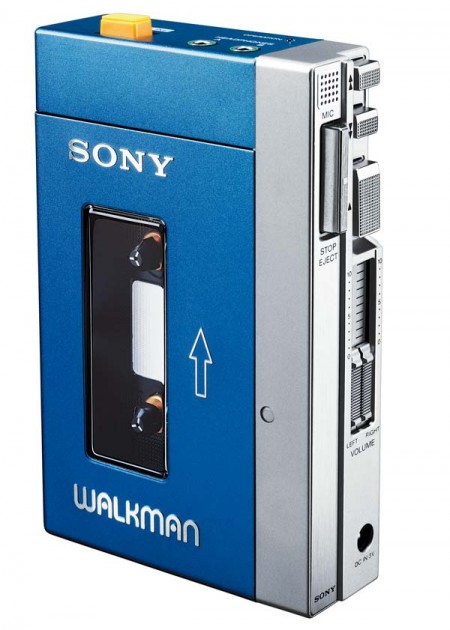
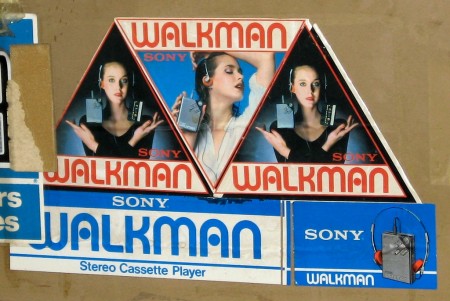
Create Digital Music has a nice piece on the Walkman’s 30th Birthday. Pretty surprising actually, I don’t think I became aware of the Walkman until ’85 or so. Peter Kirn makes a good point: “Sony once had iconic design..” Link
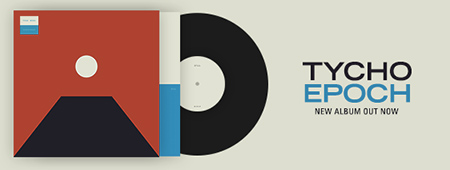
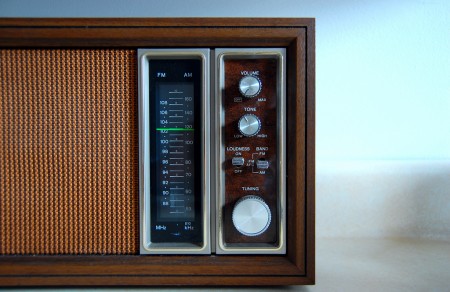
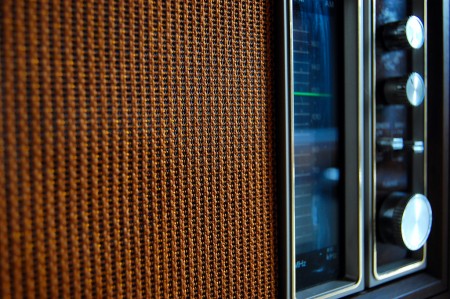
Saw these nice shots over at the Mid-Century Modernist today. In high school I worked at this place called “Good Guys” in Sacramento, it was a consumer electronics place and they had this really nice vintage Sony replica radio. If I’m not mistaken, it was modeled after this one. I remember it being pretty nice, but now looking at these shots, it really didn’t do the original justice.
Images by 33 and a Third via Mid-Century Modernist.





















